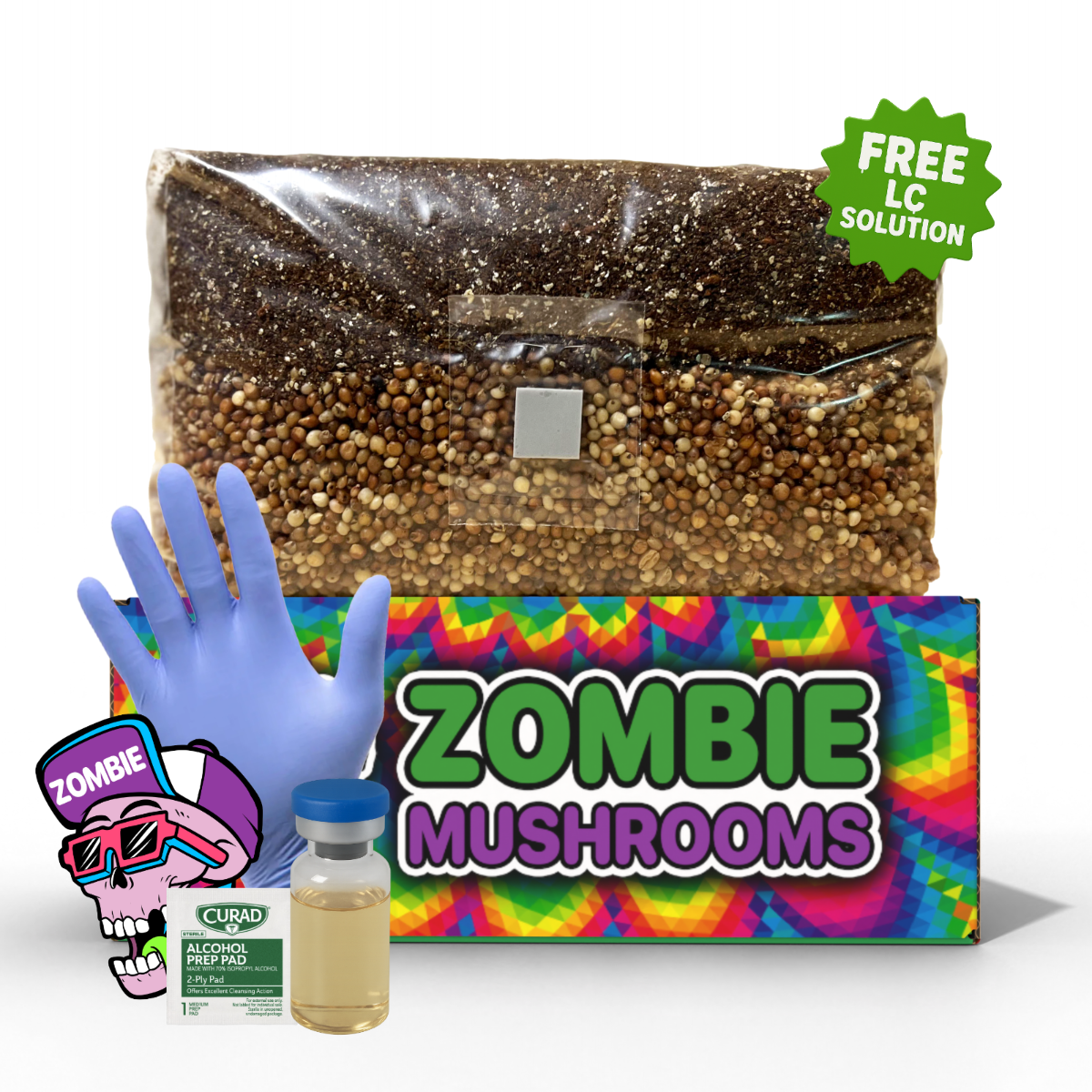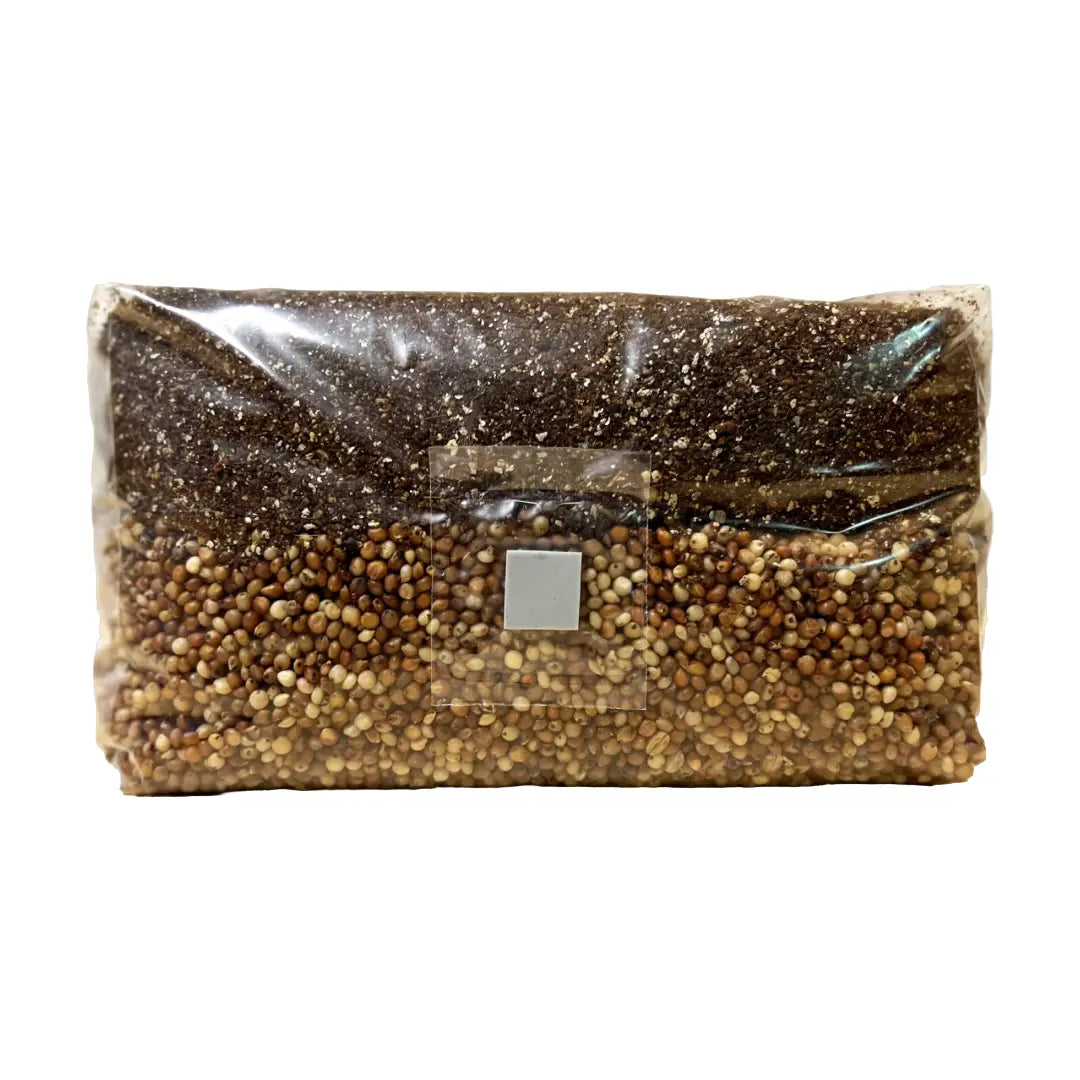- Raw white button, cremini, and oyster mushrooms are generally safe to eat, but cooking improves their nutrition.
- Some mushrooms, like portobello and shiitake, contain compounds that may cause health concerns if eaten raw.
- Cooking mushrooms reduces agaritine, which has been linked to potential carcinogenic effects in high amounts.
- Mushrooms contain chitin, which can hinder nutrient absorption unless broken down by cooking.
- Lightly cooking mushrooms before adding them to salads improves digestibility and nutrient availability.
Mushrooms are a common ingredient worldwide, valued for their unique flavors, textures, and health advantages. But should you eat them raw? While some mushrooms are safe to consume without cooking, others contain toxins or compounds that can interfere with digestion. Understanding the potential risks and advantages of raw mushrooms helps you make informed dietary choices. For the freshest and safest options, our mushroom grow bags let you cultivate your own mushrooms at home, so you always know exactly what you’re eating.

Can You Eat Raw Mushrooms?
Yes, some mushrooms can be eaten raw, but not all are safe or advisable to consume without cooking. Many edible mushrooms contain agaritine, a naturally occuring compound with potential health risks in large amounts. Cooking significantly reduces the agaritine content, making mushrooms safer to eat.
Raw mushrooms also have tough cell walls composed of chitin, which the human digestive system struggles to break down. This can limit the body's ability to absorb essential nutrients. Cooking mushrooms not only improves their flavor but also increases nutrient bioavailability.

Which Raw Mushrooms Are Safe to Eat?
If you prefer to eat mushrooms raw, some varieties have fewer risks and minimal toxicity
- White button mushrooms (Agaricus bisporus) – Can be eaten raw in moderation, but cooking is recommended to reduce agaritine.
- Cremini mushrooms – A more mature form of the button mushroom, safe to eat raw with similar considerations.
- Oyster mushrooms – Mild in flavor and texture, these contain fewer harmful compounds and can be consumed raw.
- Lion’s mane mushrooms – Popular for their brain-boosting benefits, they have a soft texture that makes them easy to eat raw.
Although these mushrooms are considered safe, cooking still provides additional health advantages by improving digestion and nutrient absorption.

Mushrooms You Should Avoid Eating Raw
Certain mushrooms contain compounds that may pose digestive or health risks if eaten uncooked
- Portobello mushrooms – High in agaritine, a compound that decreases with cooking.
- Shiitake mushrooms – Contain lentinan, which may lead to "shiitake dermatitis," a rash associated with consuming them raw.
- Morel mushrooms – Contain hydrazine toxins, which can cause poisoning unless properly cooked.
- Wild mushrooms – Many wild mushrooms contain harmful toxins that cooking eliminates; never eat wild mushrooms raw unless properly identified by an expert.
In general, unless you're sure that a particular variety is safe uncooked, it’s best to avoid eating mushrooms raw.

Can I Eat a Salad With Raw Mushrooms?
Raw mushrooms, especially white button mushrooms, are often added to fresh salads. While consuming small amounts occasionally is unlikely to cause harm, the presence of agaritine suggests that frequent raw consumption could pose long-term health risks.
For both safety and nutrition, consider lightly sautéing or grilling mushrooms before adding them to salads. This simple step reduces agaritine while improving flavor and digestibility.

Are Raw Mushrooms Nutritious?
Mushrooms are a nutrient-dense food, offering several key vitamins and minerals, even when eaten raw
- Dietary Fiber – Supports digestion and gut health.
- Antioxidants – Protect against oxidative stress and cellular damage.
- B Vitamins (Riboflavin, Niacin, Pantothenic Acid) – Essential for energy production and brain function.
- Potassium – Helps regulate heart and muscle function.
- Ergothioneine & Glutathione – Powerful antioxidants that support overall health.
However, certain nutrients become more bioavailable after cooking, meaning that consuming mushrooms cooked rather than raw may provide greater health advantages.

Nutritional Benefits of Mushrooms: Raw vs. Cooked
While raw mushrooms retain natural antioxidants, several cooking methods can improve their overall nutritional value
- Boosts Antioxidant Content – Cooking, particularly through sautéing or grilling, increases the concentration of antioxidants like ergothioneine and glutathione, which support immune function and reduce oxidative stress (Friedman, 2016).
- Improves Nutrient Absorption – The chitin in raw mushrooms makes it harder to absorb minerals like potassium and phosphorus; cooking breaks down this fiber, making nutrients easier to digest (Mattila et al., 2001).
- Reduces Toxins – Cooking significantly lowers agaritine levels, reducing potential carcinogenic risks (Reinhard et al., 2019).
Although raw mushrooms offer some health benefits, cooking improves their bioavailability by breaking down tough cell walls while eliminating potentially harmful compounds.

Potential Risks & Side Effects of Eating Raw Mushrooms
Eating raw mushrooms isn't necessarily harmful, but certain risks exist
- Digestive Discomfort – The chitin in mushrooms can be difficult for some people to digest.
- Agaritine Exposure – Though not conclusively proven harmful in small amounts, frequent ingestion of raw mushrooms with high agaritine levels may carry health risks.
- Allergic Reactions – Some individuals may experience allergic responses to specific mushroom varieties, whether raw or cooked.
For those with sensitive digestion or concerns about toxins, fully cooking mushrooms is the best option.

Pregnancy and Raw Mushrooms
During pregnancy, consuming raw mushrooms may not be the safest choice. While mushrooms are highly nutritious, they should be cooked to ensure any harmful compounds are neutralized. Cooking also helps improve nutrient absorption, making it the preferred method for pregnant women.
In addition, some pregnant individuals may experience heightened digestive sensitivity, and raw mushrooms' fibrous structure could exacerbate discomfort.

Cooking Methods to Maximize Mushroom Benefits
If you want to enjoy mushrooms while preserving their nutrients, here are the best cooking techniques
- Sautéing – Quickly cooks mushrooms in minimal oil, improving their flavor without significant nutrient loss.
- Grilling – Gives mushrooms a smoky taste while preserving key antioxidants.
- Roasting – Slowly breaks down fibrous structures, leading to improved digestibility and richer flavors.
- Boiling & Steaming – Retains moisture but may cause a slight loss of water-soluble vitamins, making them better suited as a secondary cooking method.
Each of these methods helps reveal a mushroom’s full nutritional profile while reducing any unwanted compounds.
The Bottom Line: Should You Eat Raw Mushrooms?
While some mushrooms like white button, cremini, and oyster mushrooms are safe to eat raw in moderation, cooking remains the best option for safety and nutrition. Cooking mushrooms reduces agaritine levels, improves digestibility, and improves nutrient absorption.
If you enjoy mushrooms in salads or raw dishes, consider lightly cooking them to maximize their health advantages while minimizing risks.
Can You Eat Raw Mushrooms? FAQ
Are all edible mushrooms safe to eat raw?
No. Some varieties contain toxins or compounds that should only be consumed after cooking.
What’s the healthiest way to eat mushrooms?
Light cooking methods like sautéing or grilling provide the best balance of safety and nutrition.
Can eating raw mushrooms make you sick?
Most people tolerate small amounts well, but certain mushrooms may cause digestive discomfort or reactions if eaten raw.
If you're interested in growing your own mushrooms at home, check out Zombie Mushrooms for high-quality cultivation kits and supplies.
Citations
- Friedman, M. (2016). Mushroom Polysaccharides as Food Supplements and Pharmaceuticals. Molecules, 21(1), 36. https://doi.org/10.3390/molecules21010036
- Mattila, P., Könkö, K., Eurola, M., et al. (2001). Contents of Vitamins, Mineral Elements, and Some Phenolic Compounds in Cultivated Mushrooms. Journal of Agricultural and Food Chemistry, 49(5), 2343-2348. https://doi.org/10.1021/jf0015256
- Reinhard, J. K., et al. (2019). Agaritine Content in Store-Bought Agaricus bisporus Mushrooms and Its Reduction by Various Cooking Methods. Food Chemistry, 275, 415-423. https://doi.org/10.1016/j.foodchem.2018.09.031



